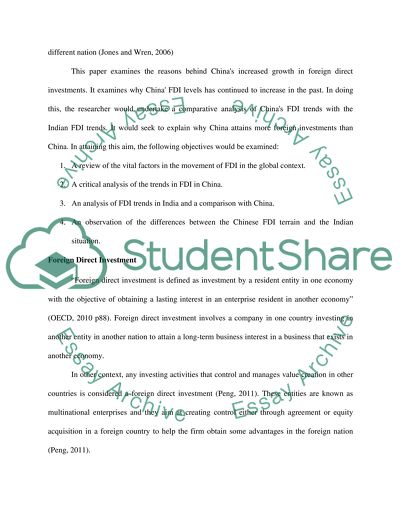Cite this document
(“Comparative Analysis of FDI Trends in China and India Essay”, n.d.)
Comparative Analysis of FDI Trends in China and India Essay. Retrieved from https://studentshare.org/macro-microeconomics/1465814-comparative-analysis-of-fdi-trends-in-china-and-india
Comparative Analysis of FDI Trends in China and India Essay. Retrieved from https://studentshare.org/macro-microeconomics/1465814-comparative-analysis-of-fdi-trends-in-china-and-india
(Comparative Analysis of FDI Trends in China and India Essay)
Comparative Analysis of FDI Trends in China and India Essay. https://studentshare.org/macro-microeconomics/1465814-comparative-analysis-of-fdi-trends-in-china-and-india.
Comparative Analysis of FDI Trends in China and India Essay. https://studentshare.org/macro-microeconomics/1465814-comparative-analysis-of-fdi-trends-in-china-and-india.
“Comparative Analysis of FDI Trends in China and India Essay”, n.d. https://studentshare.org/macro-microeconomics/1465814-comparative-analysis-of-fdi-trends-in-china-and-india.


